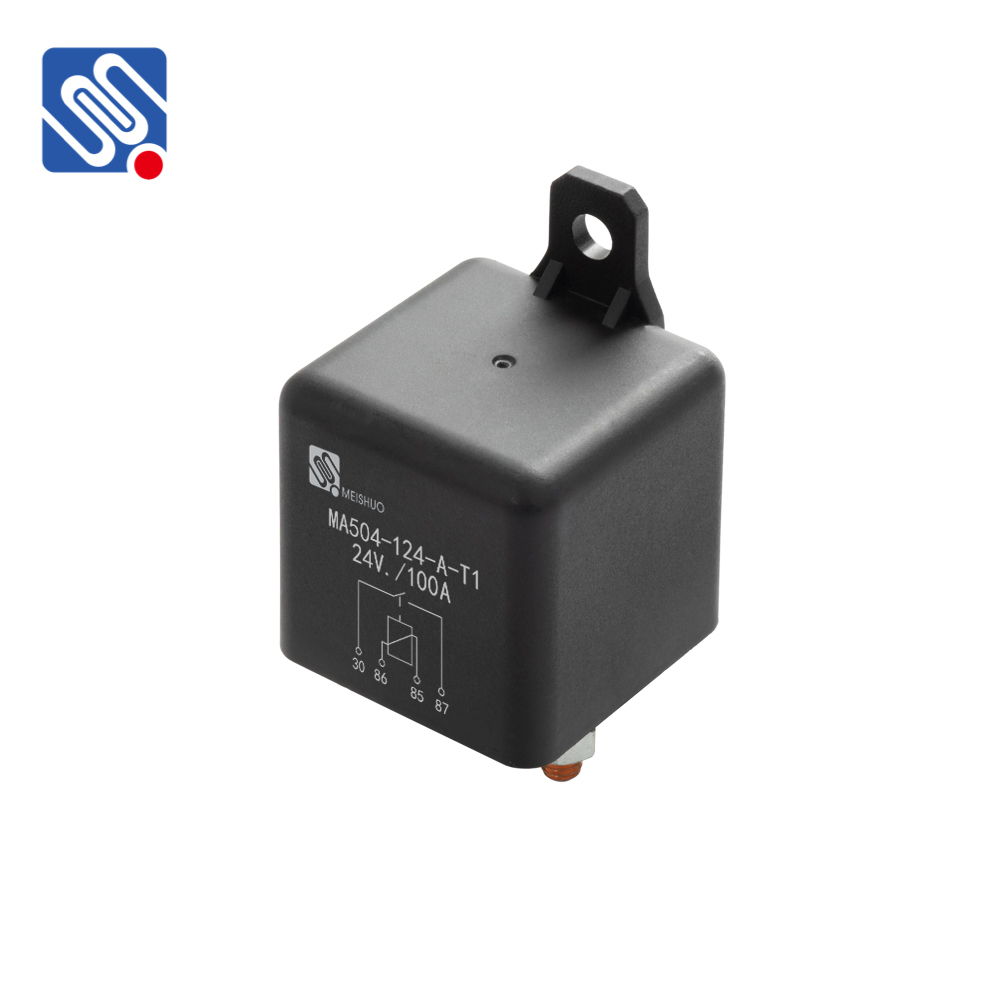A 12V 100A relay is an essential electrical component widely used in various high-power applications. It acts as an electronic switch, allowing for the control of large electrical loads with a relatively low-voltage control signal. In this article, we will explore the features, working principles, applications, and benefits of the 12V 100A relay.

What is a 12V 100A Relay? A 12V 100A relay is an electromechanical switch designed to control electrical circuits that carry high current, up to 100 amperes, using a control signal of just 12 volts DC (direct current). The relay consists of two main parts: the control side and the load side. The control side is energized by a 12V DC voltage, while the load side switches a high current, typically up to 100A, which could power large equipment, motors, or other devices. Relays are available in different voltage and current ratings, but a 12V 100A relay is particularly popular in automotive applications, heavy-duty machinery, and systems requiring high current switching but low control voltages.